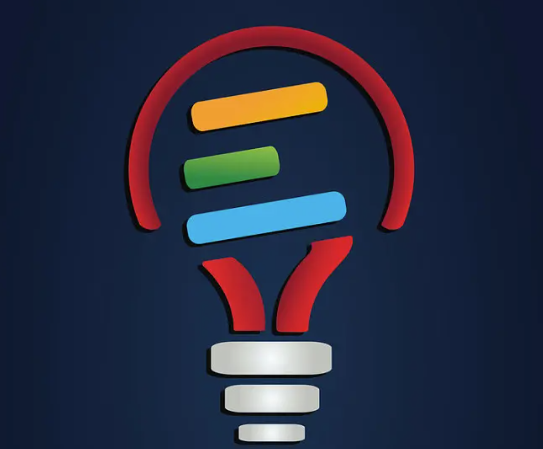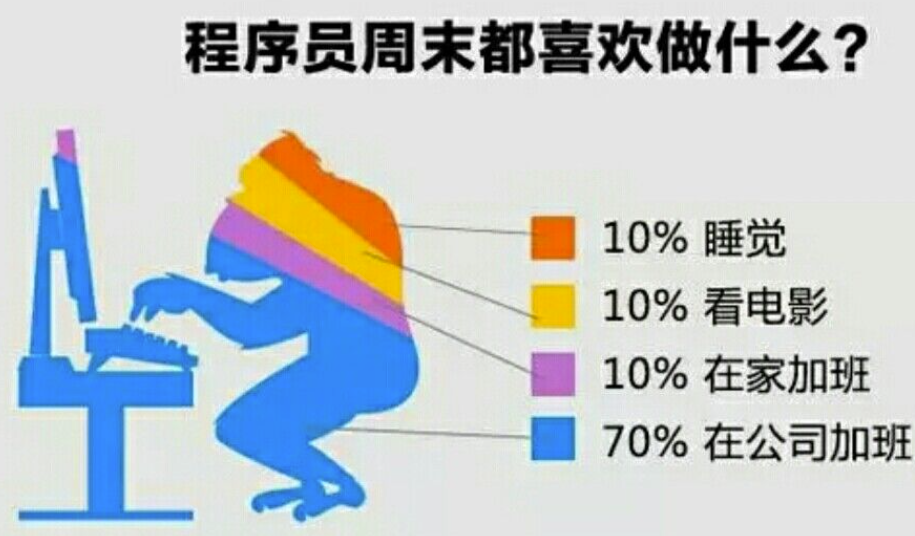要通过协程优化这个函数,我们可以使用 Go 的 sync.WaitGroup 来并行执行每一个获取用户健康日记信息的操作。这样可以提高效率,特别是在有多个 IO 操作或计算时。以下是修改后的代码示例:
package main
import (
"sync"
"time"
)
func GetUserHealthDiary(userId int) ai_common.UserHealthDiary {
resp := ai_common.UserHealthDiary{}
date := time.Now().Format("2006-01-02") // 使用正确的日期格式
dbData, isExist := dbrespository.GetUserHealthDiaryByUserId(userId, date)
if !isExist {
// create test data
dbData.UserID = userId
resp.RecordDate = dbData.RecordDate // 记录健康日记的日期,默认是当天
dbrespository.CreateUserHealthDiary(&dbData)
}
resp.RecordDate = dbData.RecordDate // 记录健康日记的日期,默认是当天
var wg sync.WaitGroup
wg.Add(1)
go func() {
defer wg.Done()
resp.HappinessIndex = getHappinessIndex(dbData.HappinessIndexID)
dbData.HappinessIndexID = resp.HappinessIndex.ID
}()
wg.Add(1)
go func() {
defer wg.Done()
resp.PsychologicalPressure = getPsychologicalPressure(dbData.PsychologicalPressureID)
}()
wg.Add(1)
go func() {
defer wg.Done()
resp.WorkStudyIntensity = getWorkStudyIntensity(dbData.WorkStudyIntensityID)
}()
wg.Add(1)
go func() {
defer wg.Done()
resp.OvertimeSituation = getOvertimeSituation(dbData.OvertimeSituationID)
}()
wg.Add(1)
go func() {
defer wg.Done()
resp.ElectronicDeviceTime = getElectronicDeviceTime(dbData.ElectronicDeviceTimeID)
}()
wg.Add(1)
go func() {
defer wg.Done()
resp.ExerciseIntensity = getExerciseIntensity(dbData.ExerciseIntensityID)
}()
for _, healthDiaryBadLiving := range dbData.HealthDiaryBadLiving {
resp.BadLivingBehaviors = append(resp.BadLivingBehaviors, healthDiaryBadLiving.BadLiving)
}
if len(dbData.HealthDiaryBadLiving) == 0 {
// create test data
}
wg.Add(1)
go func() {
defer wg.Done()
resp.BadSocialEmotions = getBadSocialEmotions(dbData.BadSocialEmotionsID)
dbData.BadSocialEmotionsID = resp.BadSocialEmotions.ID
}()
wg.Add(1)
go func() {
defer wg.Done()
resp.StayUpLastNight = getStayUpLastNight(dbData.StayUpLastNightID)
dbData.StayUpLastNightID = resp.StayUpLastNight.ID
}()
wg.Add(1)
go func() {
defer wg.Done()
resp.SleepQuality = getSleepQuality(dbData.SleepQualityID)
dbData.SleepQualityID = resp.SleepQuality.ID
}()
for _, healthDiaryBadSleep := range dbData.HealthDiaryBadSleep {
resp.BadSleep = append(resp.BadSleep, healthDiaryBadSleep.BadSleep)
}
if len(dbData.HealthDiaryBadSleep) == 0 {
// create test data
}
wg.Add(1)
go func() {
defer wg.Done()
resp.NoonBreak = getNoonBreak(dbData.NoonBreakID)
dbData.NoonBreakID = resp.NoonBreak.ID
}()
wg.Add(1)
go func() {
defer wg.Done()
resp.WaterIntake= getWaterIntake(dbData.WaterIntakeID )
dbData.WaterIntakeID=resp.WaterIntake.ID
}()
wg.Add(1)
go func(){
defer wg.Done ()
resp.EatingSituation=getEatingSituation (dbdata.eatingsituationid )
dbdata.eatingsituationid=resp.eatingsituation.id
}()
wg.Wait()
for _, healthDiaryBadDining := range dbData.HealthDiaryBadDining {
resp.BadDining=append(resp.BadDining,healthDiaryBadDining.Beat.Dining )
}
if len(dbdata.healthdiarybaddining)==0{
//create test data
}
return resp
}
注意事项:
- 并发安全:如果
dbrespository和相关的方法不是线程安全的(例如直接读写共享数据),在多个 goroutine 中同时调用可能会引发问题。在这种情况下,可以考虑加锁。 - 结果合并:请确保你在合并结果时不会出现竞争条件。
- 性能监控:测试新的实现是否确实提高了性能,尤其是在高负载情况下。
此代码利用 Goroutines 和 WaitGroups 来实现并发处理,但仍保持原有逻辑的完整性。
内容由零声教学AI助手提供,问题来源于学员提问





















